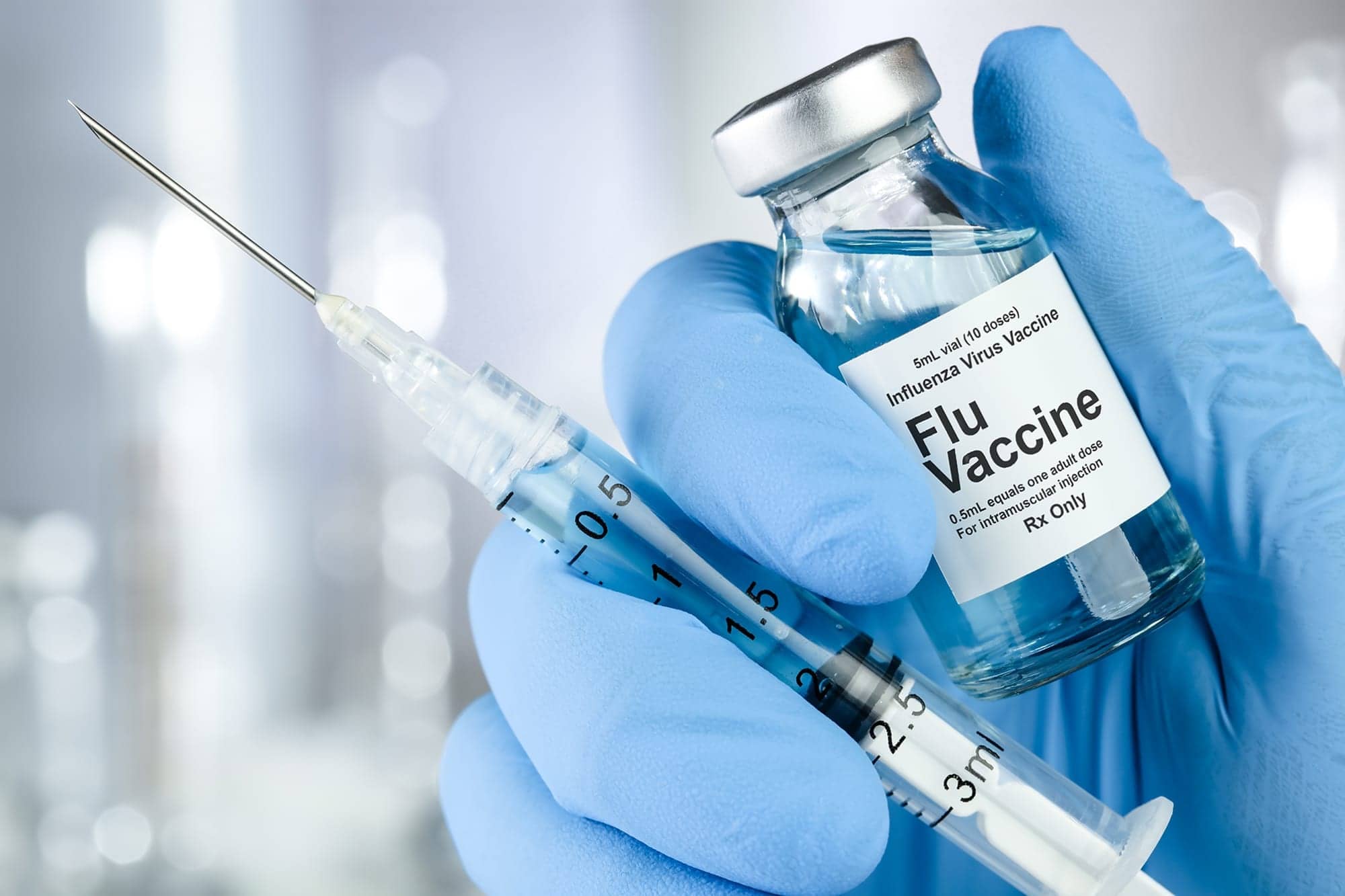Study Finds Flu Vaccine Increases Infection Risk By Almost 27%
A large Cleveland Clinic study of over 53,000 employees during the 2024–2025 flu season found those who got the flu shot were significantly more likely to get the flu than those who didn’t.
According to the analysis, vaccinated individuals had an almost 27% higher risk of contracting influenza. That translates to a vaccine effectiveness of -26.9% — yes, negative effectiveness.
The result was statistically significant (P = 0.007) and held even after adjusting for age, sex, job role, and location.
The Setup
This wasn’t a fringe analysis. It was a prospective cohort study of 53,402 working-age adults, most of them healthcare employees in northern Ohio.
Over 82% received the flu vaccine — almost all of them the standard 3-valent inactivated type.
In total, 1,079 people contracted influenza over the 25-week period.
The vaccinated group saw infections rise faster as the season progressed.
The hazard ratio for flu infection in the vaccinated state was 1.27, meaning a 27% higher risk compared to when people were unvaccinated.
So What Went Wrong?
One argument used to defend vaccine performance is that vaccinated people might be more likely to get tested.
However, the researchers checked this: yes, vaccinated individuals got tested slightly more often, but the percentage of positive tests was the same across both groups.
In other words, this wasn’t just about testing behavior — vaccinated people were actually getting infected more often.
And unlike typical “test-negative” studies that rely on flawed odds ratio math, this study used a time-dependent Cox regression model — a stronger method that calculates true relative risk.
Limitations?
Sure. The study didn’t include children or elderly populations. It also didn’t look at whether vaccinated people had less severe illness. But this was a working-age adult group — the exact demographic targeted by yearly flu shot campaigns.
Nearly every participant got the same standard vaccine, so poor matching between circulating strains and vaccine strains likely played a role — but that is a recurring problem with flu shots.
Also, the study is a preprint — meaning it has not yet undergone peer review — but the dataset is large and the methods are standard and transparent.
Conclusions
“This study shows that if you took the Flu Vaccine you were 26.9% more likely to contract influenza,” recaps Dr John Campbell:
“This study shows that if you took the Flu Vaccine you were 26.9% more likely to contract influenza”
— Concerned Citizen (@BGatesIsaPyscho) May 14, 2025
Wow – Turns out Flu Vaccines are just another dangerous money making scam for Big Pharma. pic.twitter.com/shkLLA7KPL
This is exactly the kind of real-world data that doesn’t help Big Pharma’s cause, or case.
When the numbers don’t favor the product, the narrative gets quiet. But this study makes one thing clear: the 2024–2025 flu vaccine failed to deliver, and may have made things worse.
Annual flu shot mandates and aggressive vaccine marketing continue — backed by billions in government and industry spending. But if the product is this ineffective, or worse, counterproductive, the whole model is called into question.
The science is in. The results are clear. And the trust gap just got wider.
For a full read of the study, click here.




We PUREBLOODS KNEW THAT BUT IT IS GOOD WE NOW HAVE PROOF.
And Thank You for your Service & adherence to Scientific Facts.
I don’t fully understand why, but vaccines (if they work at all) result in the body developing an immune response to the strain of virus in the vaccine whereas natural infection produces a more general immune response that offers better protection against other strains of the virus. This has been demonstrated by scientists who use the term “original antigenic sin”. This could partially explain the results in the study if unvaccinated people had a mild or even non symptomatic case of flu, didn’t get tested.